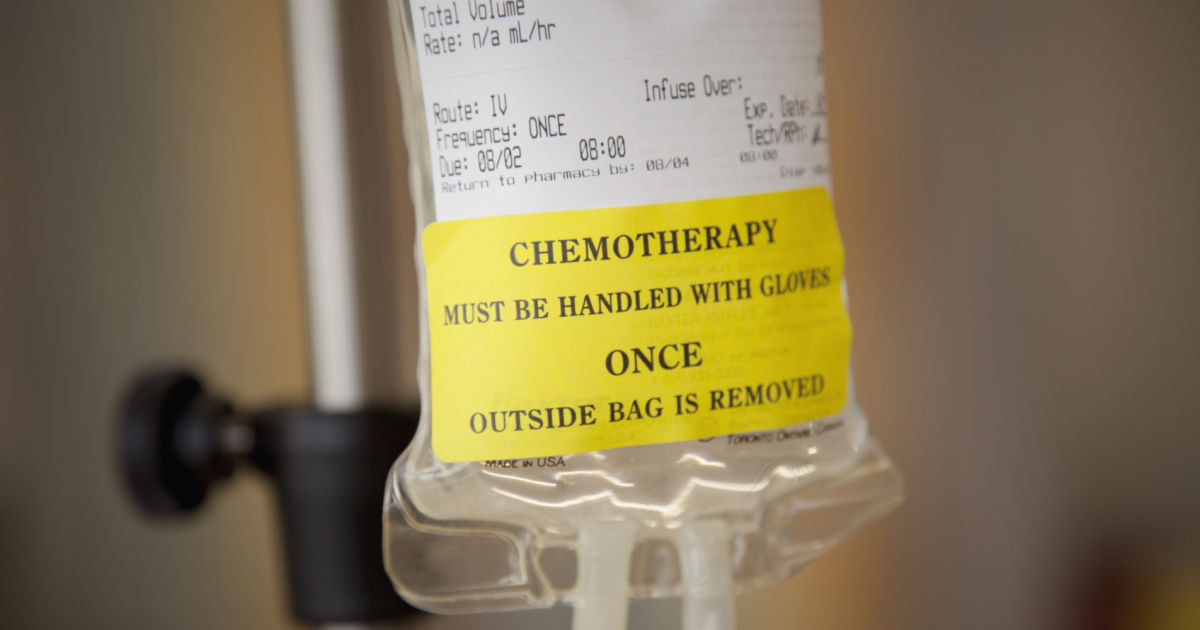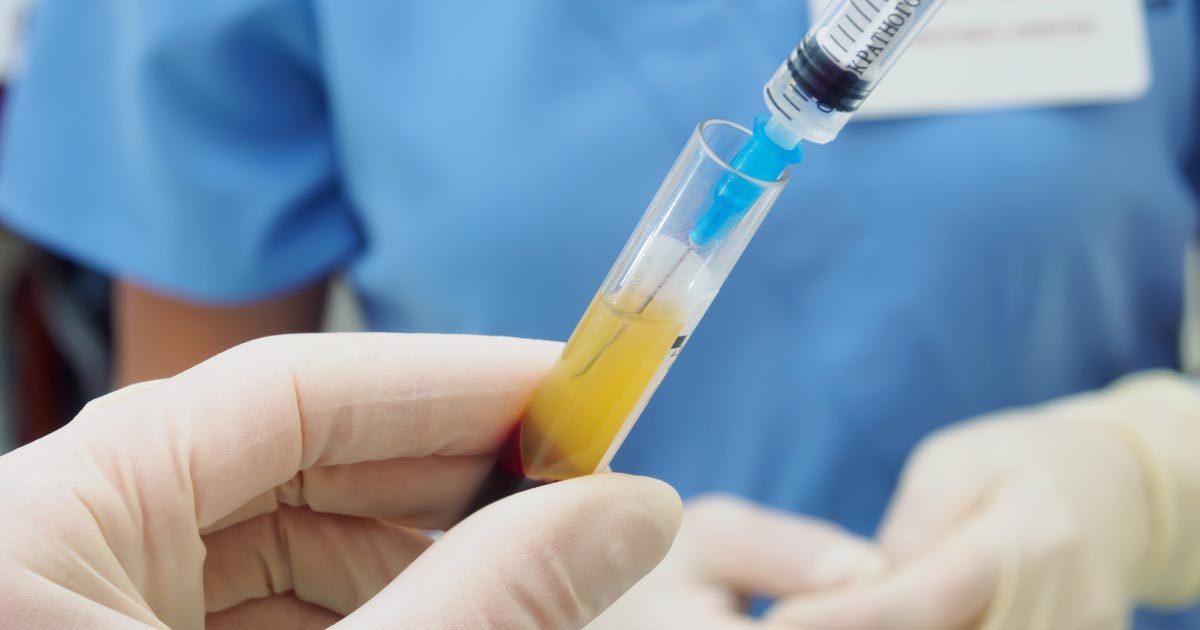Options For Treating Rhabdomyosarcoma
Chemotherapy

Chemotherapy is a procedure that attacks cancer through the use of medications. The medication either stops the cancer cells from dividing or kills them entirely. Chemotherapy can be taken orally or injected into a muscle or vein, causing the medication to enter the patient's bloodstream and attack cancer cells through the entire body. It differs from radiation therapy in that it fights cancer in the entire body rather than one localized area. There is the possibility of regional chemotherapy treatments by having the medication placed directly into an affected organ, cavity, or spinal fluid.
It's common for these treatments to be done before an operation to ensure as much healthy tissue is saved as possible. Regardless of the circumstances, it's highly recommended that every child with rhabdomyosarcoma receive system-wide chemotherapy to help keep cancer from recurring. The exact medication, number of treatments, and dosage will vary depending on the particular case.
Stem Cell Transplant

One treatment option sometimes utilized with tough childhood cancers is a stem cell transplant. This operation, also called a bone marrow transplant, allows for much higher doses of chemotherapy to be used than would otherwise be possible. If doses are too high, they'll cause damage to the bone marrow, resulting in potentially fatal blood cell shortages.
With a bone marrow transplant, some of the stem cells that form blood are removed from the patient's body and saved. After the high dosage of chemotherapy, these cells are reintroduced to the body, and when the cells travel back to the bone marrow, the normal marrow can regrow. Bone marrow transplants have many side effects, though, and because of this, doctors don't usually recommend this treatment option unless necessary.
